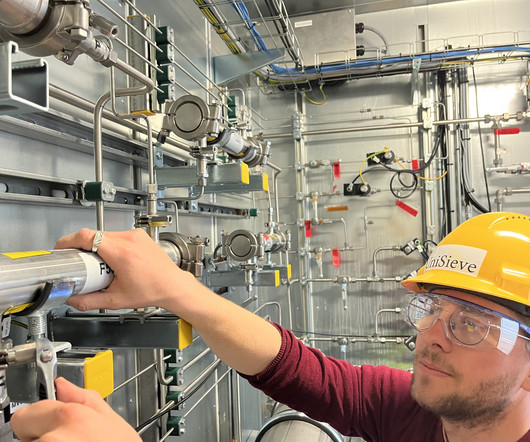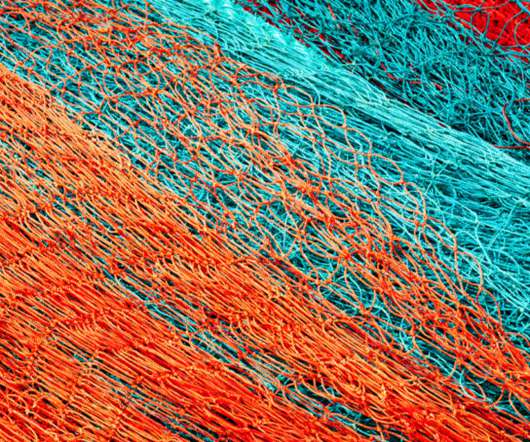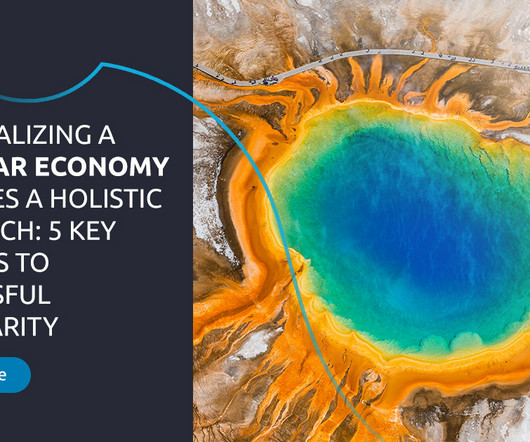UniSieve’s filters use special crystals to reduce industrial emissions
TechCrunch
APRIL 25, 2023
The energy-intensive process of separating and purifying chemicals and gases is a big reason why industries like plastic manufacturing cause so much pollution. The round, which UniSieve said was oversubscribed, included participation from the Amadeus Apex Technology Fund, Wingman Ventures, CIECH Ventures and Zürcher Kantonalbank.
















Let's personalize your content